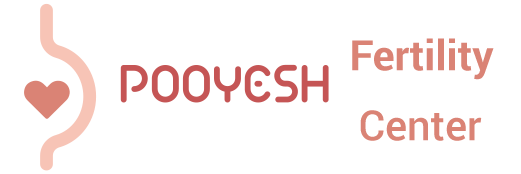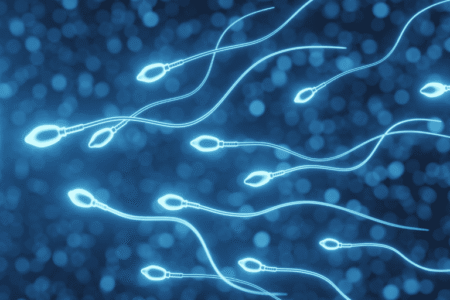Advanced Sperm Selection Method (HOST–ZETA–MACS)
Importance of Sperm Selection
Sperm selection techniques play a crucial role in the success of assisted reproductive technologies (ART). Today, various methods exist for isolating mature, healthy sperm. These approaches are generally divided into conventional sperm selection methods and advanced (novel) sperm selection methods.
- Conventional methods rely mainly on sperm motility and morphology, such as:
- Density Gradient Centrifugation (DGC)
- Swim-up method
- Advanced methods are based on molecular and functional characteristics of sperm, aiming not only to identify sperm with normal shape and movement, but also to ensure chromatin integrity and overall cellular health. These include:
- Zeta potential selection (based on electrical surface charge)
- MACS (Magnetic-Activated Cell Sorting) (based on surface markers)
- HOST (Hypo-osmotic Swelling Test) (based on membrane functionality)
Zeta Method (Sperm Selection by Electrical Charge)
- The Zeta method separates sperm according to the difference in their surface electrical charge.
- Healthy sperm membranes carry a potential of approximately –16 to –20 mV.
- Studies show that sperm with intact membranes have stronger surface charges compared to damaged sperm.
- Sperm selected by this method are shown to have:
- Lower levels of residual histones
- Less DNA fragmentation
- Fewer morphological abnormalities
MACS Method (Magnetic-Activated Cell Sorting)
MACS is a technique used to separate a specific subpopulation of cells from a larger population by targeting surface markers.
In unhealthy sperm, certain markers are expressed on the cell surface. Annexin V, when bound to magnetic microbeads, attaches to these markers.
During the process, sperm mixed with Annexin V–coated beads are passed through a magnetic field:
Damaged sperm remain trapped in the magnetic column.
Healthy sperm (without these markers) pass through and are collected.
This allows selection of sperm not only by motility and morphology, but also by surface markers that indicate cellular health.
HOST Method (Hypo-osmotic Swelling Test)
- HOST is a functional test that evaluates the ability of the sperm plasma membrane to regulate water transport when exposed to a hypo-osmotic solution.
- Healthy sperm absorb water, causing swelling and curling of the tail membrane (HOST-positive).
- Sperm that do not show this response are HOST-negative, indicating poor membrane integrity and lack of fertilization potential.
- This test is a quick and reliable way to assess sperm viability and DNA health, and it can also be used as a novel selection technique for choosing live sperm with minimal DNA damage.
Advantages of HOST–ZETA–MACS
- Higher fertility potential: Improves fertilization and IVF outcomes by selecting sperm with intact DNA.
- Reduced miscarriage risk: Healthy sperm selection significantly lowers the chance of miscarriage.
- Better embryo health: Increases the likelihood of achieving a healthy pregnancy and live birth.
- Effective for challenging cases: Particularly beneficial for couples facing infertility due to conditions such as varicocele, azoospermia, or poor sperm quality.
Clinical Applications
- Infertility treatment: Helps select the healthiest sperm for fertilization.
- IVF procedures: Used prior to IVF to enhance fertilization outcomes.
- Recurrent pregnancy loss: Beneficial in cases of repeated miscarriage, where sperm DNA integrity may play a role.
Steps of the HOST–ZETA–MACS Procedure
- 1 Sample collection: A semen sample is obtained from the male partner.
- 2 Preparation: The sample is processed in the laboratory.
- 3 Sperm selection: Healthy sperm are isolated using magnetic and functional techniques.
- 4 Fertilization: Selected sperm are then used for fertilizing the egg in IVF or other ART methods.

